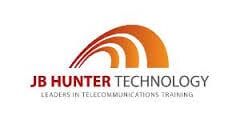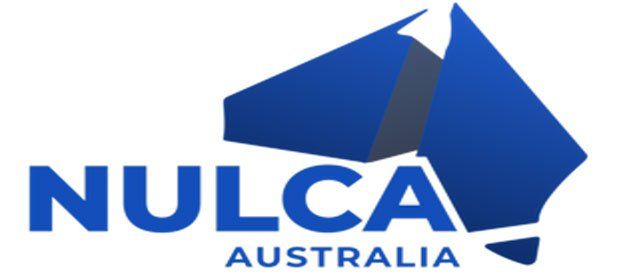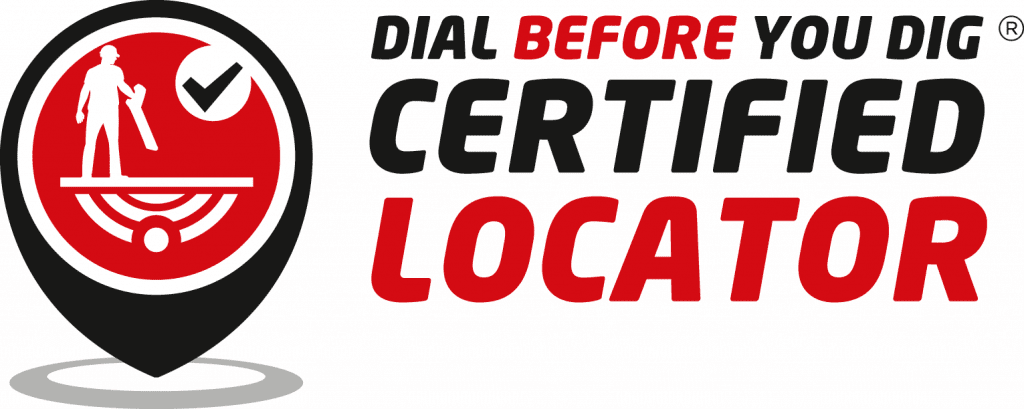Ground Penetrating Radar Wollongong
Experienced Utility Locating Services
Technological Solutions
Essential Precaution
Certified & Accredited
Non-Invasive & Accurate Underground Scanning
At Dowd’s Pipe & Cable Locating, we use state-of-the-art ground penetrating radar to create a reliable image of subsurface utilities. This is a non-invasive technique that is accurate and affordable. We can scan large areas, allowing you to safely drill, core and cut concrete without risking damage to underground pipes and cables.
Concrete, asphalt, metal, masonry—whatever is between you and your utilities, our team can see through it! Based in Unanderra, we offer assistance to all types of clients throughout
Nowra,
Campbelltown,
Moss Vale, Wollongong,
Bowral,
Vincentia and
Ulladulla. Get in touch with
Dowd’s Pipe & Cable Locating on
0434 635 134.
How Does a Ground Penetrating Radar Work?
Our ground penetrating radar system sends and receives radio waves to produce an image of what is beneath your surface, no matter the material. With both a transmitter and receiver in the single unit, this device only requires access to one side of a structure in order to create an accurate 3D model of your utilities.
Not only does this limit the likelihood of you damaging underground
pipes and
cables—it also gives you all the information needed to properly plan your project from beginning to end. This can save you significant time money and hassle in the long run.
Book an appointment with
Dowd’s Pipe & Cable Locating today.
What types of underground assets can a GPR can locate?
GPR is a valuable tool for rapidly and non-destructively locating a broad range of underground assets that can have an impact on construction projects. Identifying these assets early on saves your project time and expense in the long run. Some of the underground assets that GPR is capable of locating include:
- Pipes and utility lines
- Air pockets and voids
- Rock obstructions
- Areas of excavation
- Bedrock
- Groundwater tables
GPR can scan Concrete
GPR is a non-destructive method for scanning and assessing concrete. The system works by sending and receiving radio waves to form an image of items embedded in the concrete below the surface. It’s suitable for any type of concrete surface including floors and walls. Some things GPR can identify are:
- Gas pipes
- Cables
- Electrical conduits
- Leaks
- Steel reinforcements
- Concealed objects
Perfect solution for residential & commercial projects
Whether you’re working on a residential or commercial project, GPR is a great solution that gets your project off to a positive start. Before any earthmoving or construction begins, a GPR survey helps you to identify hazards and ensure that the project progresses safely. Whether you’re working on a small domestic project or an expansive commercial construction, GPR is the perfect solution for identifying underground obstacles. This method is suitable for use on a variety of terrain and with our specialist team, it’s straightforward to get the work done. GPR is thorough and effective for residential and commercial work.
When is GPR the best locating method?
GPR is versatile, making it the leading locating method in a wide variety of circumstances. Whenever you’re looking for a non-destructive and non-invasive locating method, GPR fits the bill. It’s always advisable to use GPR services at the start of a project. Some circumstances where GPR might be the best locating method include:
- Before excavation or construction work
- When you’re searching for utilities and geological features
- When you’re assessing a public space
- When you’re surveying walls, balconies, slabs, or tunnels
- When you’re surveying a large area
Contact us – ground penetrating radar Wollongong
When you need GPR services in Wollongong it’s a good idea to get specialists to help.
Dowd’s Pipe & Cable Locating provide reliable GPR services to domestic and commercial projects throughout Wollongong and other nearby locations. The
team are fully trained and highly experienced in conducting accurate and thorough GPR surveys at a range of different sites. If you’re looking for GPR scanning from local professionals,
contact us now for a no-obligation free quote.
Ground Penetrating Radar FAQ's
Does ground penetrating radar use x-rays?
No. Radar and x-ray imaging are different technologies. Radar uses radio waves to create an image based on reflected waves beneath a surface.
What is the purpose of ground penetrating radar?
Ground penetrating radar allows for the assessment and location of underground utilities without any digging, concrete cutting or excavation taking place. This ensures safety on the site and helps to lower costs.
What kinds of surfaces does ground penetrating radar work on?
Almost all types of surfaces that are found on the ground. This includes concrete, masonry, asphalt, metals, dirt, water, rocks, ice and more.
Does ground penetrating radar create a 3D image?
Yes. With ground penetrating radar, you get access to a vertical sectional view of the test area, giving you an understanding of how to safely dig and cut into an area without damaging utilities.
How deep can GPR go?
The depth that GPR can survey depends on the surface. Highly conductive materials can reduce effectiveness. On surfaces with low conductivity like granite, it can reach depths of up to 30 metres.
Do you need training to operate GPR?
GPR technology is continually evolving and can sometimes be challenging to use and understand. Specialist training is advisable for using GPR and interpreting results with accuracy. It’s always recommended to choose GPR surveys conducted by experienced professionals.











